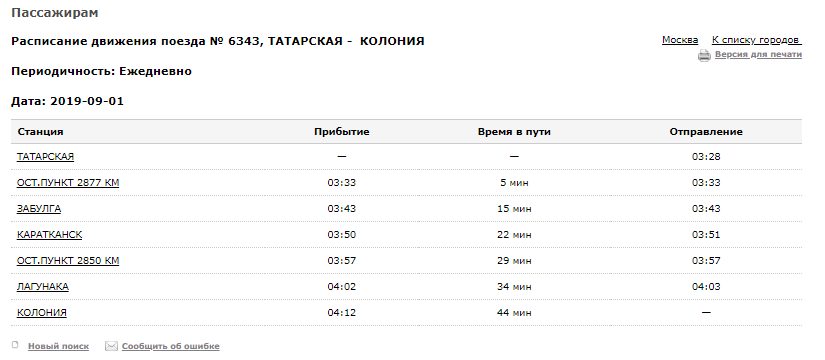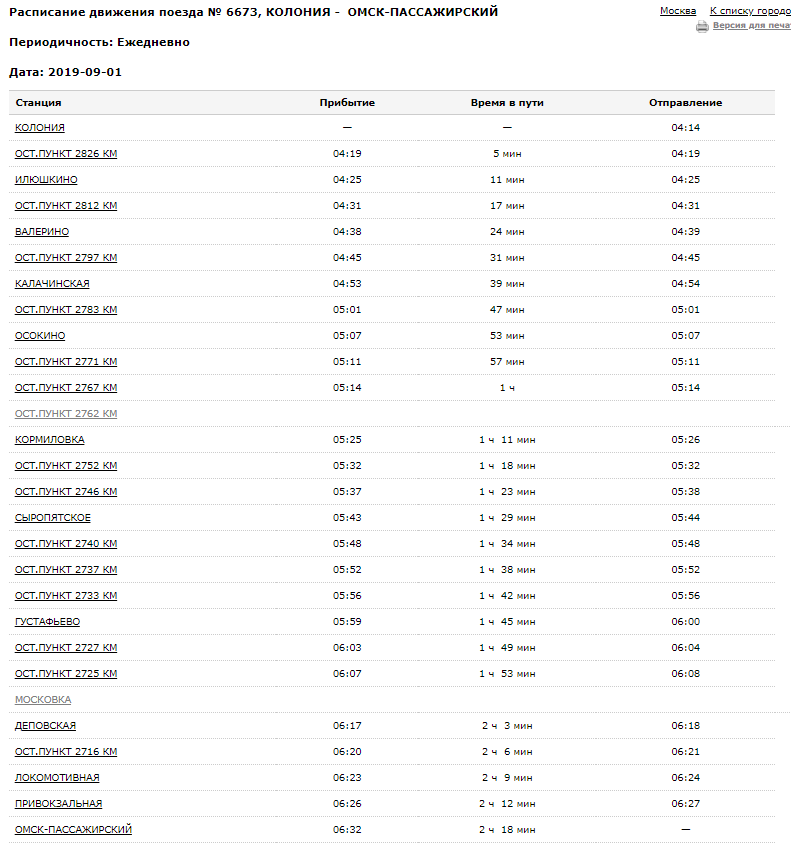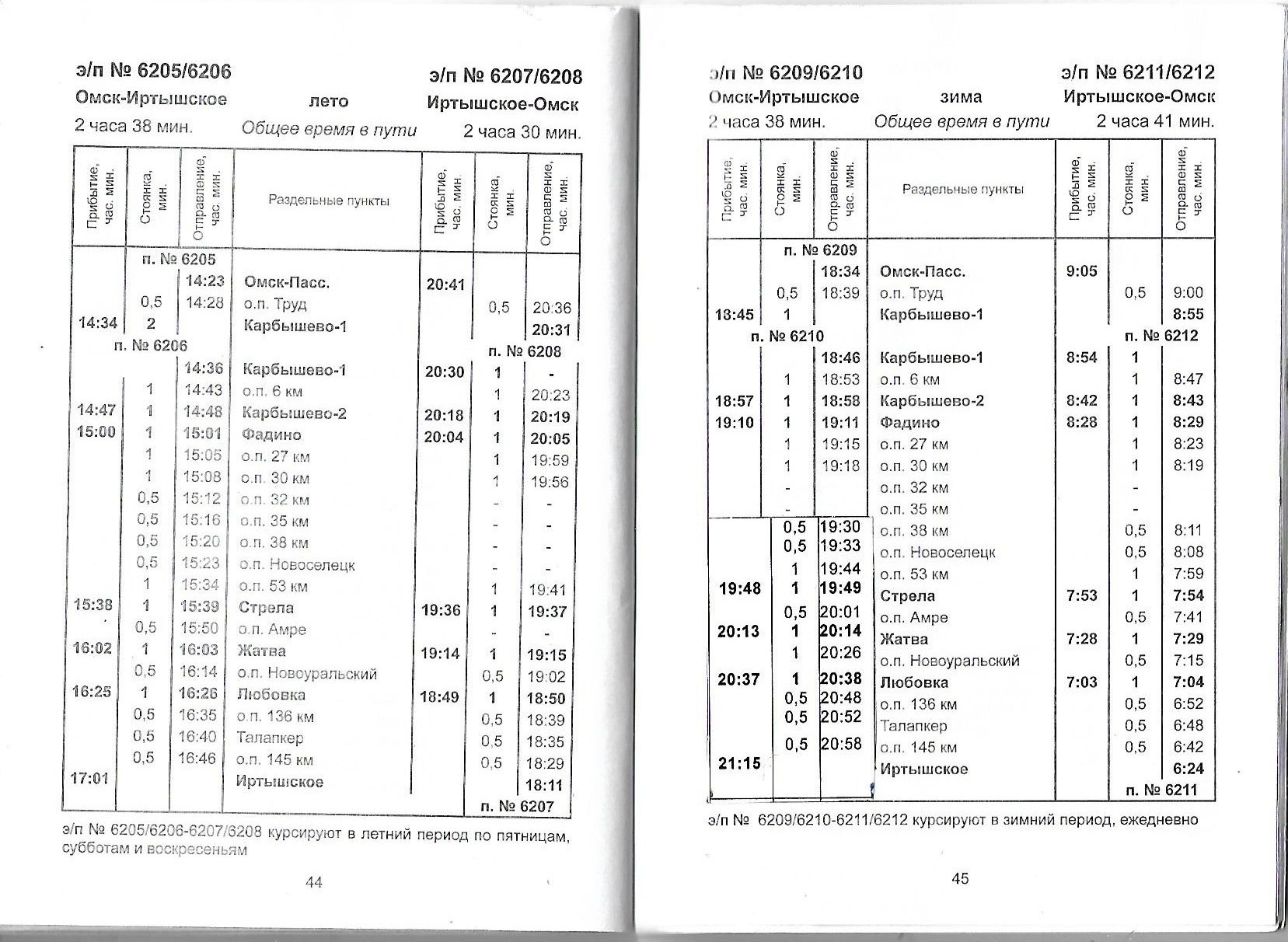Features of the Universiade transport and a very enthusiastic Alex

Krasnoyarsk, children's railway.
We in Tutu are all a bit geeky. They say that it is not very right to confuse hobbies and work, but still, when we see a strange train, we immediately get into it. Even if we are in the wrong direction.
In Krasnoyarsk, the Universiade dramatically increased the number of electric trains inside the city, somewhat similar to the Moscow central diameters. And Alex wanted to get home to Moscow by train.
Answering the question whether they managed to travel all the way by train, no. The focus did not go away, but I will tell you about what I managed to find out on the road and what is unusual in transport on the road.
Where did it start
Universiade was held in Krasnoyarsk. It's like the Olympics, only smaller for students. There are a number of amazing features with transport, and we fixed part of it with our hands (only for the duration of the competition), and part of it was covered with scripts.
The most interesting question was what will become of this system after the end of all high-profile events.
So, since Alexey does not like to fly on airplanes (but uses it if necessary), he went there by train. I didn’t take a return ticket.
Krasnoyarsk
There are no minibuses in Krasnoyarsk. At all. All bus transportation - buses of large capacity. And it does not create problems.
And not only the Trans-Siberian Railway passes through the city, but also the four directions of urban electric trains. Once it was an industrial line for the transportation of materials to production and export of finished products, but now it is an excellent connection of residential areas with the city center and industries. In principle, we can say that everything is like in Switzerland, except for the fact that it is still Krasnoyarsk.
Tariff - 19 rubles, payment - by transport card (like Troika in Moscow, the same card works in buses, saving two rubles when transplanting). In 2008, the first two were launched, now there are 32 electric trains for five thousand passengers a day.
Now in the city with electric trains, in general, everything is fine, except that they go quite rarely. It has its own peculiarities: for a long time on the road due to a change in direction, there are not platforms everywhere. A striking example is the Platinum Arena, where there were opening and closing games, there is no platform. By train from the center you need to pass by it, then at the station there is a parking lot for about 10 minutes to change direction, then you can already go to the Silent Dawns platform, then on foot. Not all platforms have good approaches: there are dimly lit paths, and walking in the evening is a bit scary.
The main passenger traffic happens in the morning and in the evening, so during the day there are large intervals.

The second feature of the system, which is important for us, is that in Krasnoyarsk at the Krasnoyarsk station, the passenger number changes.
On the Russian Railways website and other sites, city electric trains are shown as two different trains, which is quite logical if you work on the railway. But this is physically one train, and you just don’t have to go out to go on.
Here's what it looks like in terms of schedule logic: train 6343rd becomes 6673rd:


We decided to glue them, because in user logic this is more reasonable, and taking into account a large number of nonresident ones to the Universiade, it is also humane. Above in the schedule, you see that they are glued together at the top level, and this is what the movement schedule looks like:

The time difference is due to the fact that it is local by default, and Moscow by default.
This is exactly the part that was supported by hands during the Universiade, and now is done automatically, because it was still necessary to figure out how to determine inextricable trains.
In the train itself, the longest route is arranged like this: the ticket is still the same 19 rubles in the city, four cars, and the controller goes back and forth in them like a conductor. The ticket can be taken at the box office or directly from him. When crossing the city border, you need to pay 100 rubles from above for the trip.
Turnstiles are original: you just need to go through without showing a ticket. They work like in the subway: those that exit are diodes for people.
There are safety controls on the trains: you can get into them only through the station. And the entrance to the station, as usual, is equipped with an introscope and a tired security guard with a hand-held metal detector. On the other hand, transit passengers must go to the city, and then go back to the station if they need to another platform. This is a safety limitation of the Universiade. Even during the competitions, there were guards in every train - they looked for forgotten things. If you went to the toilet, then they immediately raised a panic and asked. The trains were about the same.
The trains are very clean, and it is clear that they are well taken care of.
There was a feeling: despite the fact that the trains are on average half an hour faster than the bus on the routes from the outskirts to the center, in the city they are still little perceived as public transport. The stops are not very comfortable, especially in sports facilities. There is a path near the main ice arena, but there is no platform. At the Yenisei station, the train changed the cab for 10 minutes, then moved on, there was a landing. This is not very convenient, so many used the bus.
In Moscow, a similar situation with electric trains in the city. At first we thought that the WDC project would be a bit of a rebranding of city electric trains, but it turned out that there was a very interesting integration with the rest of the city’s transport system. As a result, it should be possible to increase the number of routes attractive for passengers, launch new Orioles and update the infrastructure.
Route
Now, actually, the word to Alexei:
I wanted to see Novosibirsk and Omsk. I went to the Krasnoyarsk Pillars:


I also walked around Divnogorsk and drove off. From Krasnoyarsk to Novosibirsk - by train. I took a ticket to the Ob station. At the same time I photographed everything there. This is important because at smaller stations there is a more complete schedule so that all local people are aware of the features. Well, he often shot along the road.


In the course - a paper schedule, in the middle - an insert with changes, and in it with a pen - directly operational changes.

Why do I need such pictures? Because we still upload them to our servers for error correction as an independent data source. And once they started only with them .
There are interesting connecting routes.

Divnogorsk - Krasnoyarsk. Almost everywhere you can buy tickets on applications, in Omsk - your own. In Krasnoyarsk, too, but after the Universiade it is also officially the city. I was the first one at the controller, she tried for a long time to understand how to scan. In the end it worked out. It was necessary to increase the mark, because their device at close range did not work well.
So, Krasnoyarsk Pass 20:30 - Ob 09:44, then by train Ob - Gardens 10:02 - 10:13 .


In general, I wanted to go on a bus to the city further, but at that moment he had only left. The train came the other way, the controllers had already passed, and I spontaneously decided to sit down and go somewhere, quickly looking (while the train was standing on the Ob, there was a parking for two minutes) that you can return back.
Then I was interested in her workload. Since I did not have time to take a ticket, I went with a hare. I reached the stop when there was an electric train in the opposite direction. I looked at the original pavilions - they are typical for Novosibirsk and unusual for Moscow.
Then by train - to Novosibirsk-Zapadnoy, by tram - to the metro, then walk around the city all day. During the walk, I took a ride along the almost ring route Gagarinskaya - Sokur - Center to get to know the local trains better. I got off at the Tsentr stop and there for about an hour I watched the train load. I wanted to find it jam-packed: I heard what could be. But did not find. All from four to 10 wagons - composition for passenger flow, there were seats everywhere. But not enough.
Traders go, as in Moscow, but less often. Like at home. Similar compositions and low platforms.
Next is the long-distance train: Novosibirsk-main 01:09 - Tatarskaya 07:06. Moved to the train Tatar 7:28 - Omsk 10:32 . I’m tired of walking with things, I surrendered to the locker room at the suburban train station (it’s inexpensive, around 100 rubles, in Novosibirsk I didn’t take it, because it was very expensive / day + it turned out two days, because the train - at one in the morning, but I also did not want to lose an hour to arrive at the station before midnight). And then there was an electric train in the opposite direction, I reached the Railway Station.
I looked at the station, then got on the train , drove one stop and then rode the bus approximately along the unfinished subway track to the only metro station and metro bridge in the city. I examined the entire metro on foot: the station works like an underpass.

The bus from the station rode along the potential metro track. Everywhere there is a fence with the letter M, and the names of construction sites are indicated. Looks like a subway. Metro bridge looked: it looks slightly abandoned. And the transition turned out to be good, spacious.

He returned by tram to the station, took the train Omsk 15:30 - Nazyvaevskaya 18:02 , then - Nazyvaevskaya - Ishim .


There is a children's car in the train. In the distant trains there is a separate car of increased comfort. At the entrance to it, you need to pay 40 rubles, and there will be a business class (soft chairs a little wider - that's all). The surcharge is not in all trains, in terms of trains just travel on a regular ticket. Occupy the car completely immediately at the final.
I arrived with a change in Nazyvaevskaya. I tried to take a ticket - they sold it to some kilometer. On the train, the controllers said that they had to be taken from them immediately. I bought a ticket from them further. Arrived in Ishim, took the train in the evening. There was an option to take a train to Moscow. There were no cheap tickets, I looked at the option - there was a cheap ticket to the previous station. In the last compartment 40% discount in front of the toilet. There is no smell, the trains are good. Ishim - Zuevka to the station. Glazov (21:28 - 05:33). There he took an electric train to Kirov and from Kirov by night train - to Kovrov (20:34 - 15:41), there was also Glazov - Kirov . From there Kovrov - Vladimir and Vladimir - Kupavna . In the Vladimir region I wanted to see the workload. There is a local anomaly: in the Kovrov region — at 100%, then low. The soldiers sat in Kovrov and left after two stops: they were permanent, according to the locals. It became a little clearer.
The Vladimir - Moscow electric train included four luxury cars. In the depot of conventional trains and wagons, it is back to back, and scheduled repairs must be carried out, plus there are malfunctions. So wagons are unfastened, and in return they put what is available so as not to reduce the number of wagons: in this case, express wagons. Because the express trains are basically new now, with air conditioning and other things, and the old express train cars have not yet expired, so they are used as backup ones. I ended up in such a composition for regular money.
Who's the geek here?
No, we do not always do this when returning to Moscow.
Yes, we well know our subject area, so we often study transport in practice.
No, this is completely optional for the developer.
Why might this be helpful? Because, watching the passengers, you can come up with a killer feature. Well, or just understand how to make people more comfortable, and tell the product specialist. And then change the world. Little. And not right away.
There are also our posts about the railway: Aeroexpress , about the Trans-Siberian Railway, Grand Express , what kind of trains there are , the energy systems of wagons , how the passenger wagon is arranged , how the wagons are assembled , how they evolved , about the Leningradsky railway station , about locomotives , about old wagons . Great FAQ about long-distance trains and unobvious rules .
All Articles